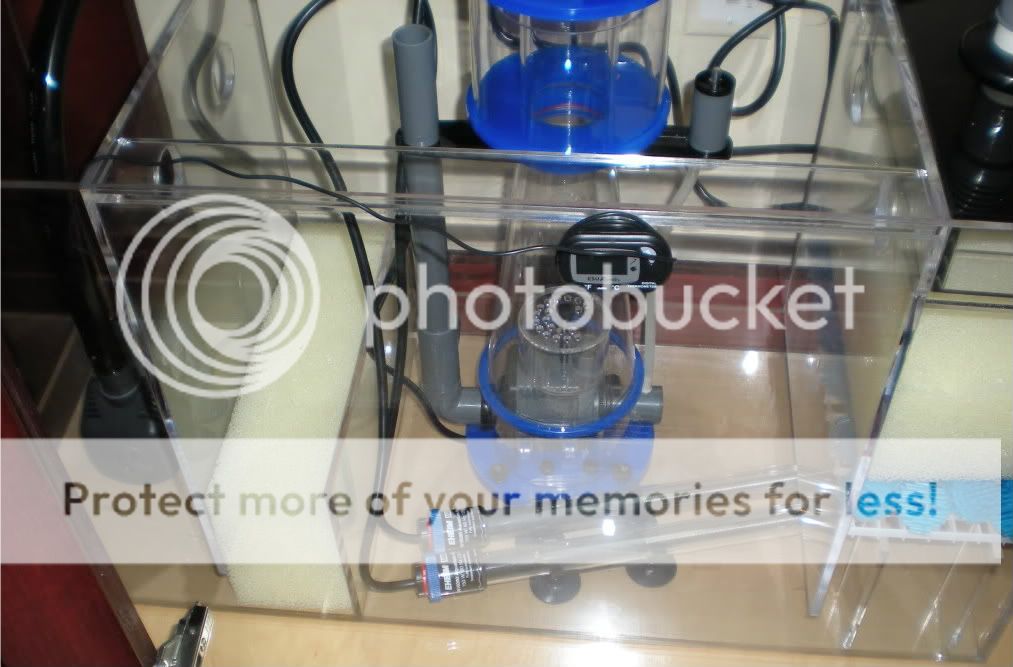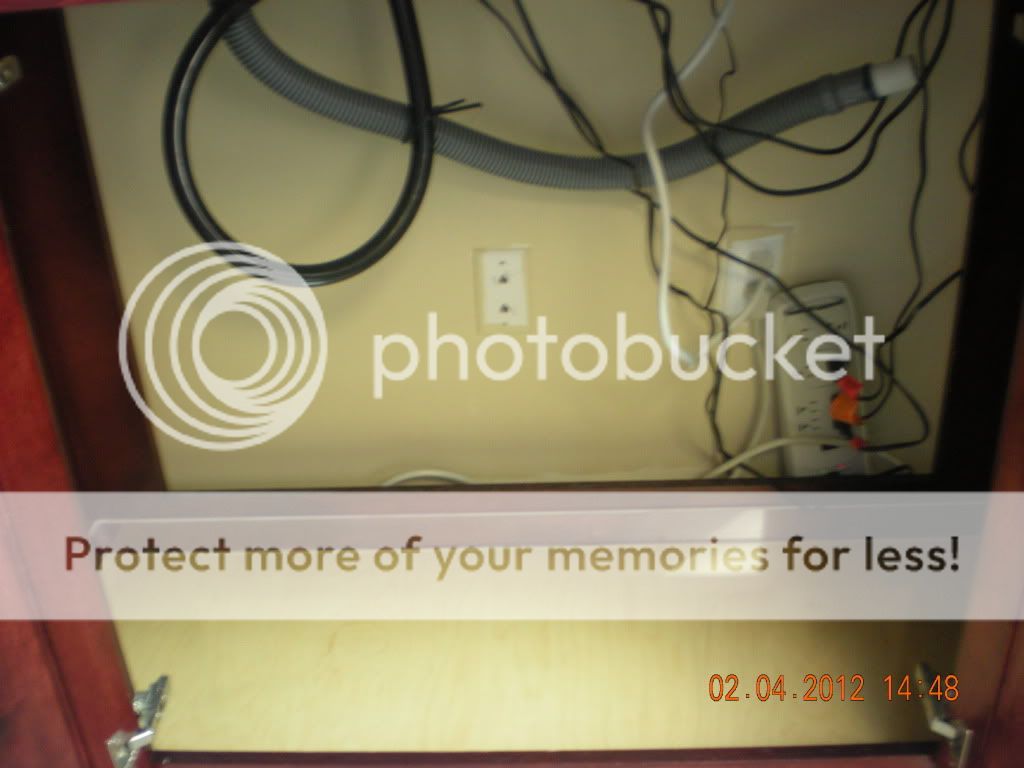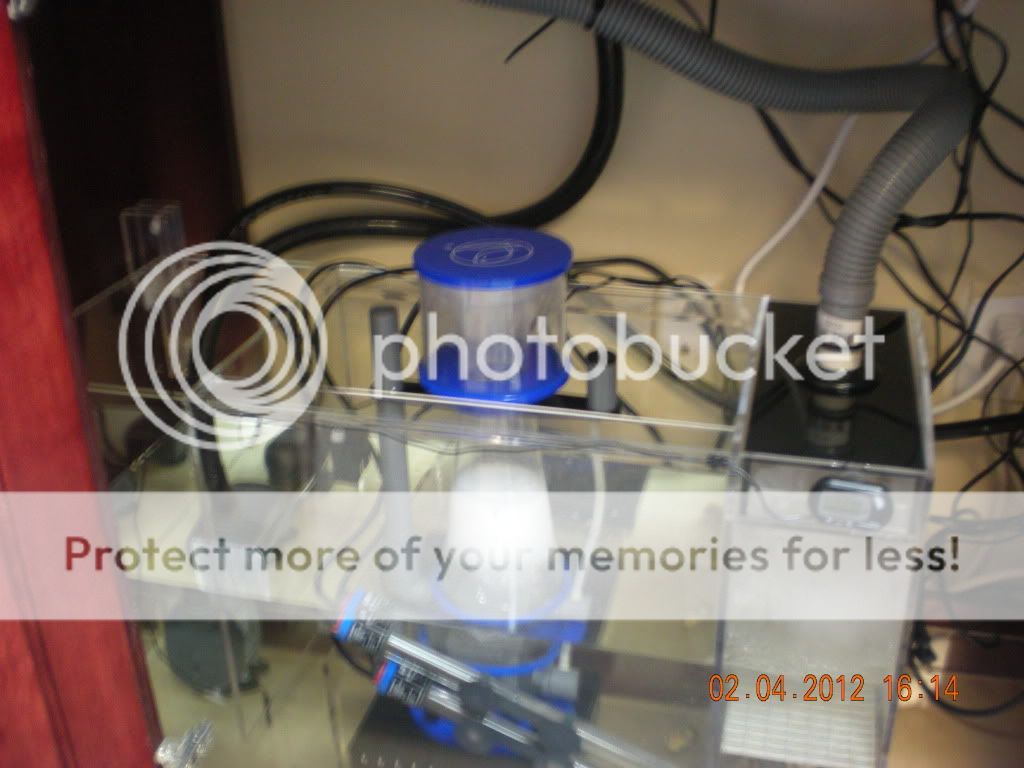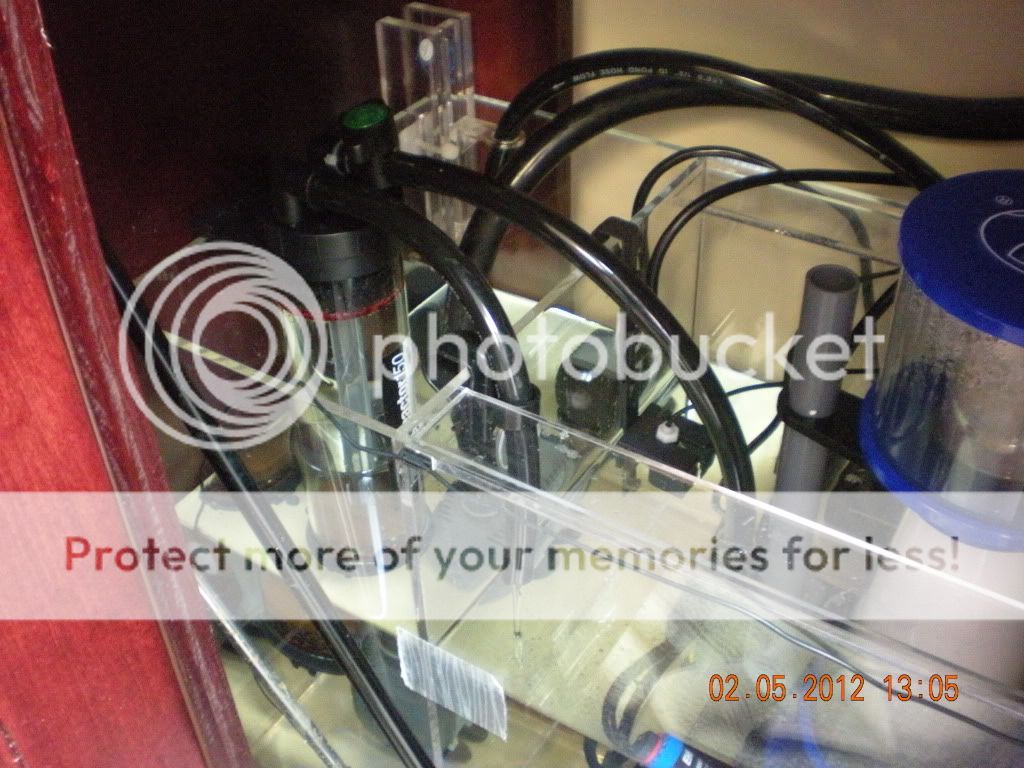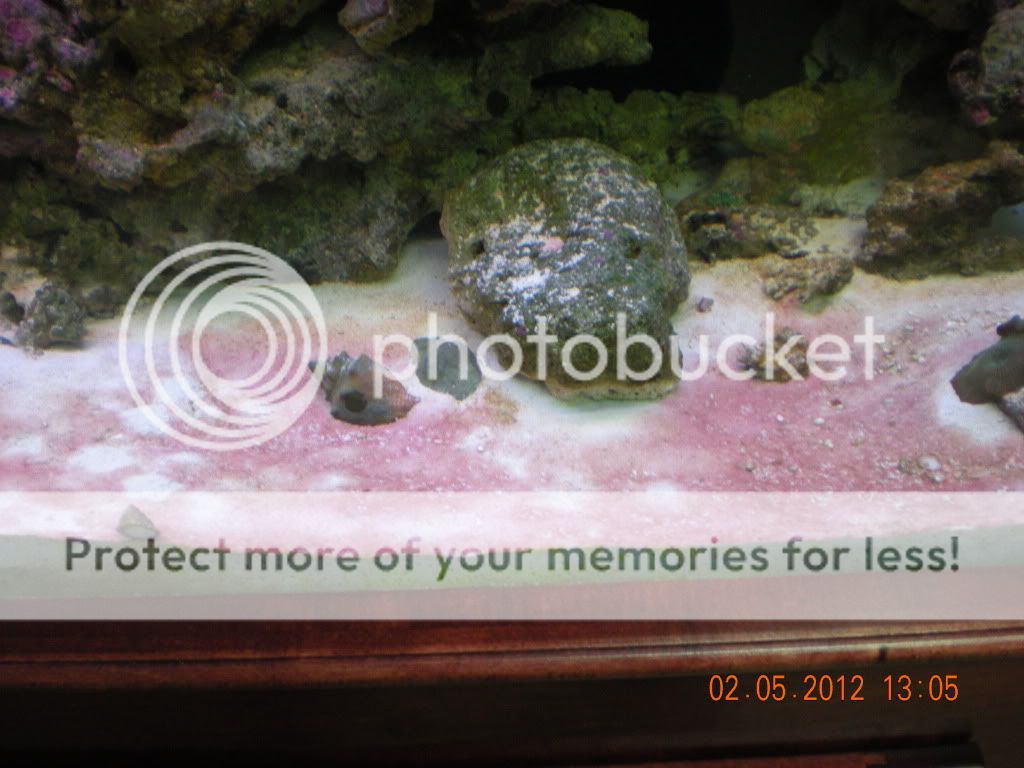Okay, so I have a cyano issue and Phosphate issue. I've looked around to figure out this problem and its solutions but can't seem to get straight answers or answers I understand. My plan is to do some work on my sump over the next week, hopefully to eliminate some problems leading to high phosphates, and add a GFO reactor. Keep in mind, I am new and have never actually seen one of these in person, so I'm going to ask a lot of questions here. Hopefully I can get all of my answers in one place!
First off, where in the world do these phosphates come from? I have always used RODI and I rinse my frozen food before I put it in the tank. I was feeding once a day, but now I'm down to every other day.
How unreliable is my API PO test? I have heard that they give everyone false positives. I have also heard that if it shows any, then you must assume that you have 6x more than the results show. (Test kit is good, called API already.)
Depending on the unit, and none of them look alike to me, is it installed in the sump? And WHERE?
What size pump do I need to push water through it?
What exactly does GFO stand for?!?
Do these units come plug and play or do I need supplies to fill it with? If so, What?
How long should it take to see..... a reduction in PO levels? Reduction Cyano on the sand? Lesser amounts of green algae on my rock? Lesser accumulation on the glass?
I'll post some pictures after I pull the sump, clean it, fix my filter issue and have it ready to put back in.
First off, where in the world do these phosphates come from? I have always used RODI and I rinse my frozen food before I put it in the tank. I was feeding once a day, but now I'm down to every other day.
How unreliable is my API PO test? I have heard that they give everyone false positives. I have also heard that if it shows any, then you must assume that you have 6x more than the results show. (Test kit is good, called API already.)
Depending on the unit, and none of them look alike to me, is it installed in the sump? And WHERE?
What size pump do I need to push water through it?
What exactly does GFO stand for?!?
Do these units come plug and play or do I need supplies to fill it with? If so, What?
How long should it take to see..... a reduction in PO levels? Reduction Cyano on the sand? Lesser amounts of green algae on my rock? Lesser accumulation on the glass?
I'll post some pictures after I pull the sump, clean it, fix my filter issue and have it ready to put back in.

